Best trees for firewood: for steady, safe and satisfying campfires
A guide to the best trees for firewood, so that you can achieve a steady, safe heat for your campfire or wood-burning stove
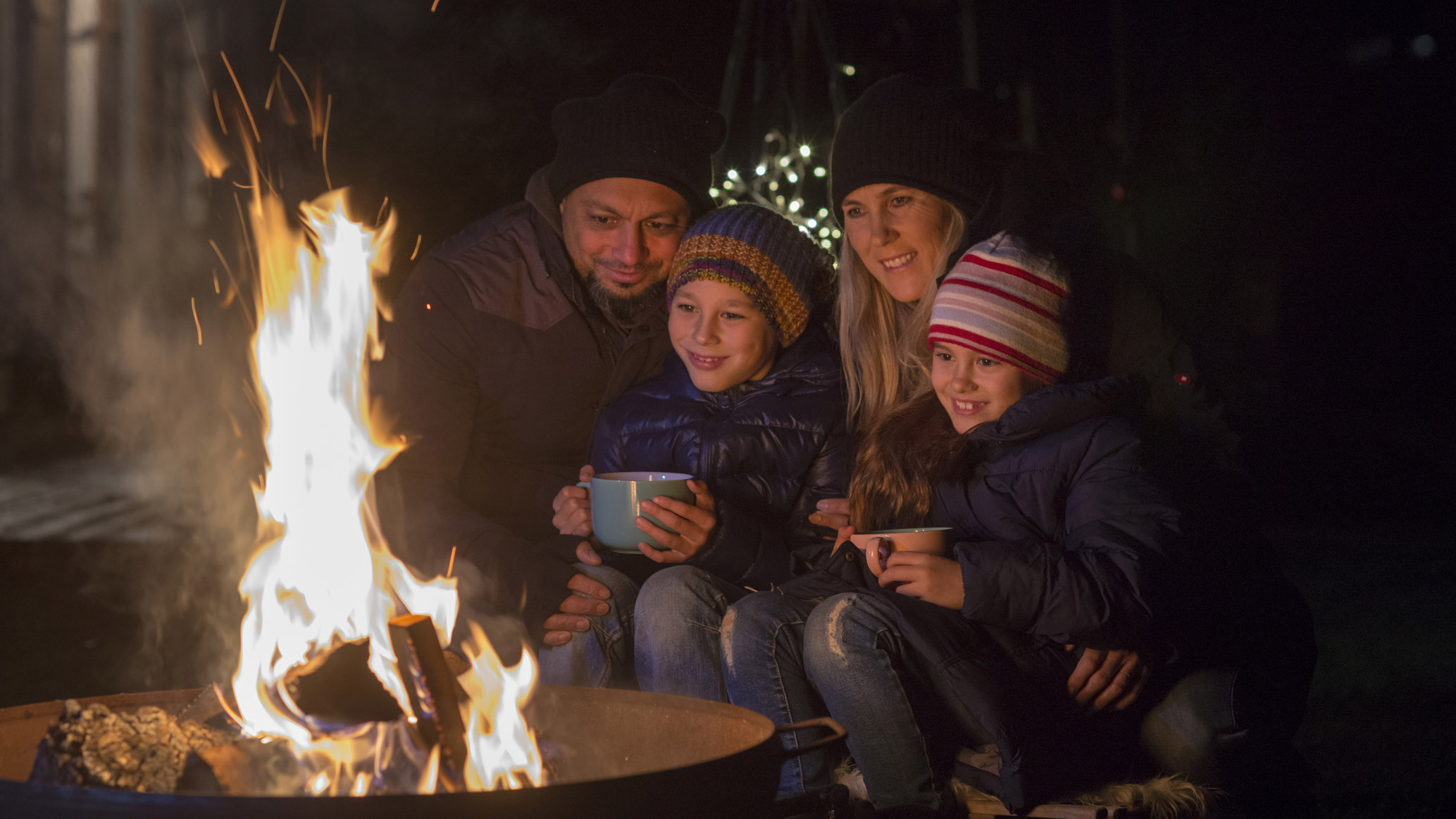
The best trees for firewood are generally dense, hardwood species. Like a good book or the TV series The Wire, they’re slow burning to begin with but soon grow to a consistent quality that the rest can’t match. Species like oak, ash, hazel, beech and birch are all great. In this feature, we’ll delve into why and tell you which species to avoid too.
Firewood is, as the name suggests, wood that’s been chopped, split and seasoned ready for use as fuel on a fire. However, not all wood makes for the ideal fuel and even wood that’s great in one place, isn’t recommended for another. Even if you’ve got the very finest firewood for your log burner at home, you shouldn’t take it with you on a faraway camping trip. Foreign wood can introduce invasive insects and diseases to a new area which, in the worst-case scenario, can destroy a whole forest’s ecosystem just as brutally as a wildfire.
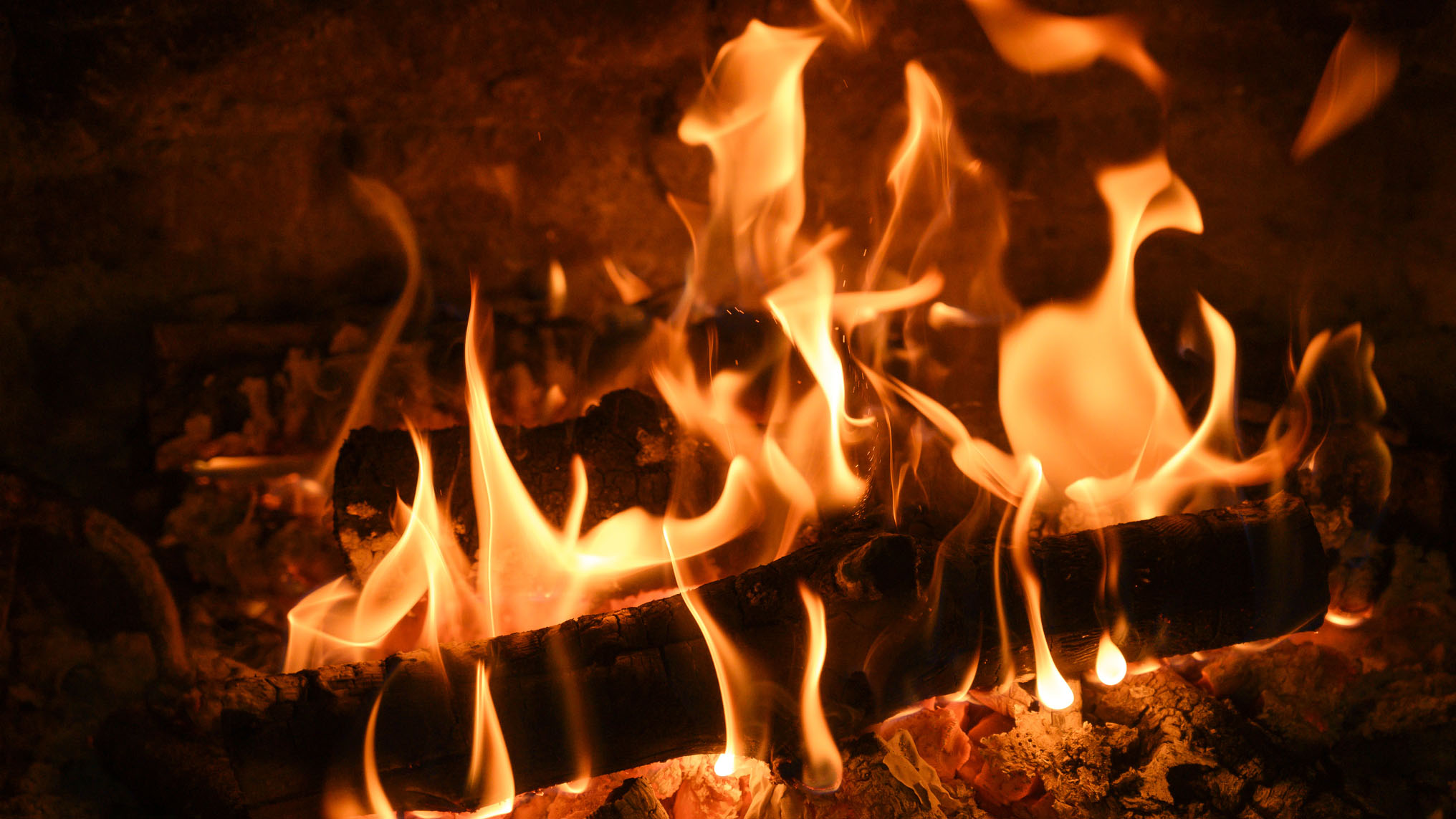
So, when you next set out with your best camping tent with the intention of cooking or singing around the campfire, it’s good to know the best trees for firewood in the surrounding area. If you’re buying your wood, you can ask about this, to check you’re getting decent wood that’s sourced locally.
Once you’ve got your fuel, even the finest wood won’t burn well unless you know how to store firewood properly. This process, known as seasoning the wood, takes several months from the wood being cut from the tree to being dry enough (less than 20% moisture) to use on the fire. So, there’s plenty to think about here. Without further ado, let’s get into some of the best trees for firewood.
Best trees for firewood: hardwood or softwood?
When it comes to choosing between hardwood and softwood, there are advantages and disadvantages to both, so choosing the best option for your campfire or wood-burning stove is important. Softwoods come from evergreens and are less dense than their deciduous siblings, the hardwoods. This means they dry quicker and therefore need to be stored for less time.
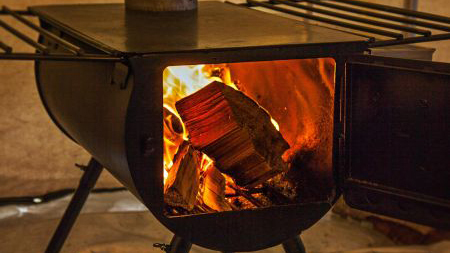
If you know how to chop firewood, you will know how much effort it involves. Well, softwoods are easier to split, as well as being lighter to carry. However, the downside is that softwoods generally don’t burn as hot as hardwoods and nor do they burn for as long, so you’ll need a lot more of it if it’s your only fuel source. Softwoods are also sootier and cause creosote to build up over time.
Due to this, Softwood shouldn’t be used at home, but a seasoned softwood is fine for a campfire. In fact, a mixture of softwood and hardwood is the best firewood for a campfire, as the softwood acts as kindling and the hardwood will burn long into the night.
Advnture Newsletter
All the latest inspiration, tips and guides to help you plan your next Advnture!
Great hardwood options
The following are the best hardwood options for your firewood...
Oak
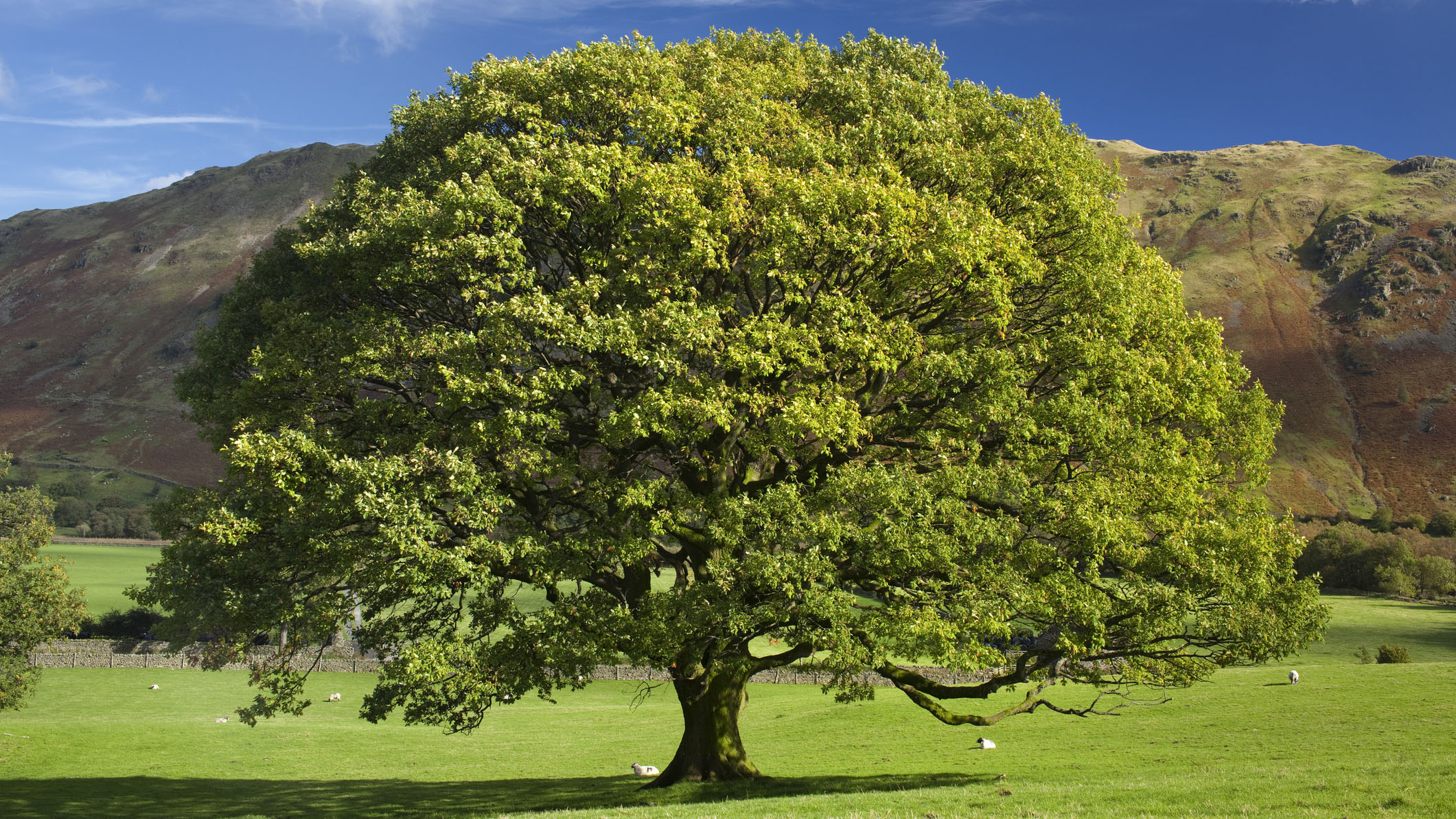
The quintessential hardwood tree. Slow and steady wins the race. Like the proverbial tortoise, oak is perceived as being heavy and a bit dense, it takes a little while to get going but, once it’s up and running, it will win the race over many softwood hares. In fact, oak will burn for longer than pretty much any other wood. The key is to make sure there’s lots of effective kindling to things ticking along nicely to begin with. Speaking of slow and steady, it can take up to two years to effectively season oak, so make sure that tarp is fully waterproof.
Birch
Birch is a great option for your wood-burning stove as, even though it’s a hardwood, it burns quickly but produces a lot of heat while it’s at it. This is perfect for your camping meals.
Ash
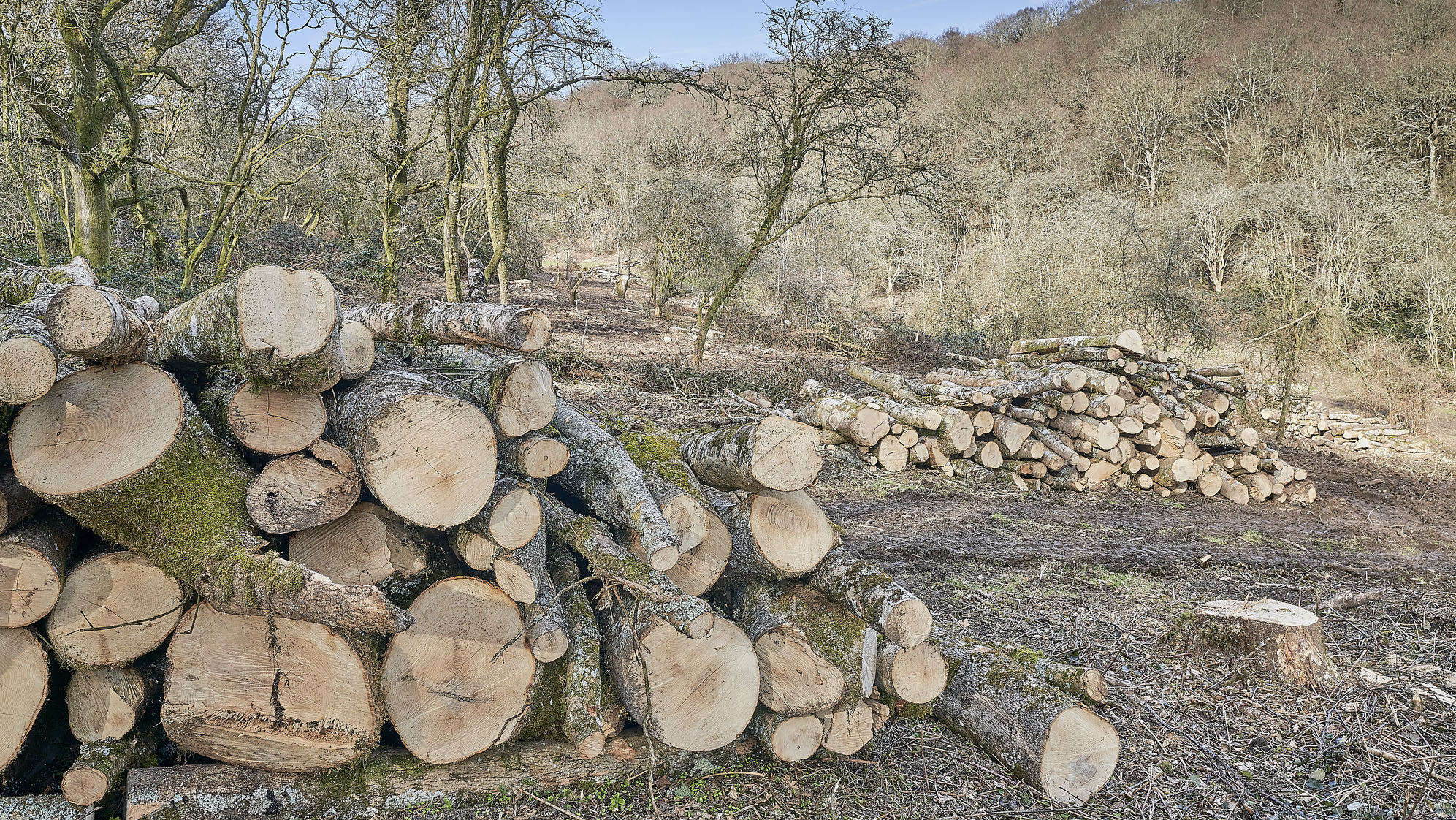
Ash is another highly regarded hardwood that is frequently used as firewood due to its propensity to produce a good, consistent heat for a decent period of time. This means you can all sit back in your camping chairs and relax, safe in the knowledge that the fire will burn for some time yet.
European ash trees are currently reeling from ash dieback, a disease caused by a fungus that produces toxins which kill the tree from the inside. There’s currently no cure and it is estimated that, over time, 95% of the UK’s ash trees will die.
The fungus was brought into Europe on imported Manchurian ash trees, where it lived harmlessly, before jumping to native species. The native ash trees simply were not evolved to fight the fungus and so the disease spread. It’s a stark example of how introducing non-native trees and logs can have a devastating effect on the local environment.
This sad news means that, in the short-term, there’s plenty of ash around for use as firewood, as vast numbers are being felled to protect the timber stock. In the long-term, however, there will be very little ash to burn in Europe.
Beech
The caveat with beech is that it has to be well seasoned, as live beech has a very high-water content. However, once ready, beech makes for excellent firewood, striking a balance between the long-burning qualities of ash, while being much easier to light than oak.
Hazel
Hazel also needs to be very well seasoned but makes for a great choice, though it does burn faster than some hardwoods.
Cedar: a good softwood option
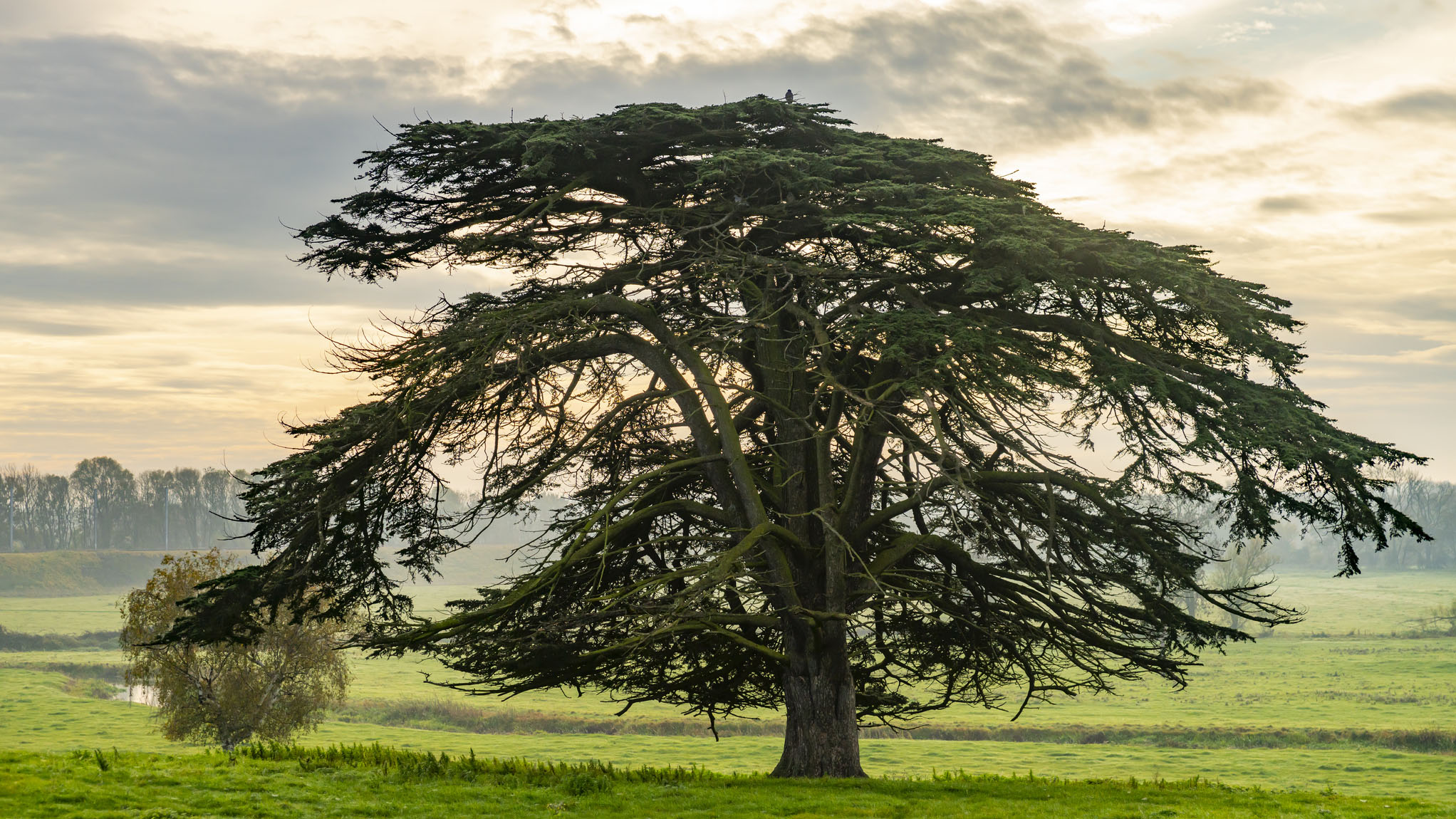
If you’re looking to create a bit of ambience with pleasant scents in the air, look no further than cedar. It provides a decent and ongoing heat, though doesn’t produce much of a flame.
Firewoods to avoid
There are many types of firewood to avoid. As we already know, wood that is chopped from a tree needs to dry to a 20% moisture level before it is suitable as firewood. Newly chopped wood is known as green wood and, if you can get it ignited in the first place, doesn’t burn well and produces a ton of smoke.
Driftwood is glorious for decorating your home and adding a sense of the seaside to your downstairs toilet, but it’s a bad idea to burn it as firewood. This is because it can release harmful chemicals due to the way it is saturated in salt.
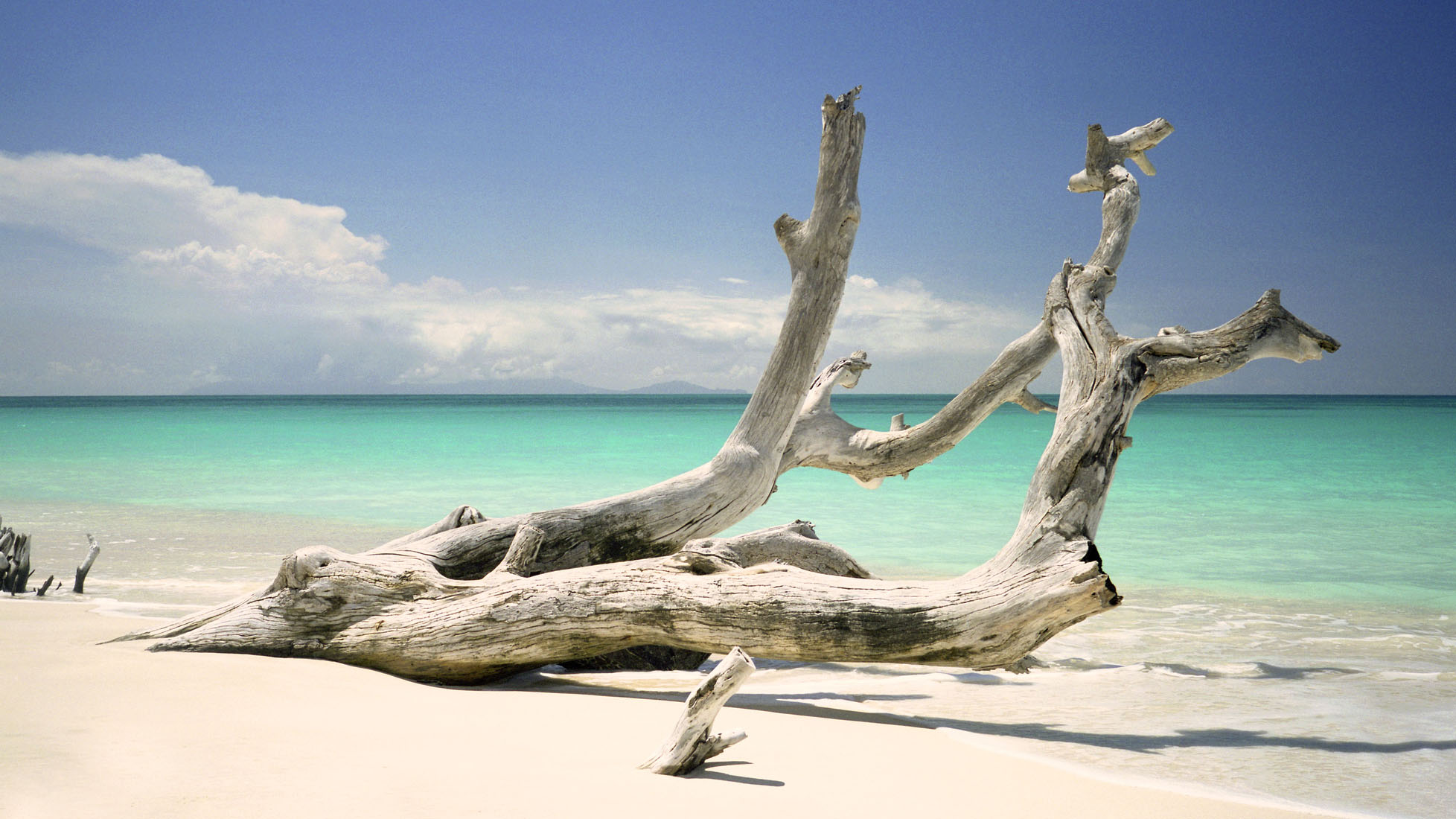
There are a number of common species to avoid. This could be because some of them get overly excited and burn out too quickly, like an overzealous pal on the first night of a bachelor party. Some of them hate campfire songs and spit at anyone who sings them. Others just don’t warm us up as much as we’d like on those chilly fall evenings. Here are some common firewood species to avoid.
Larch
Despite being cheap, quick-drying and in plentiful supply, larch is not an ideal firewood due to its tendency to spit while it burns. This is not great for campfire safety. It also produces large amounts of soot.
Pine
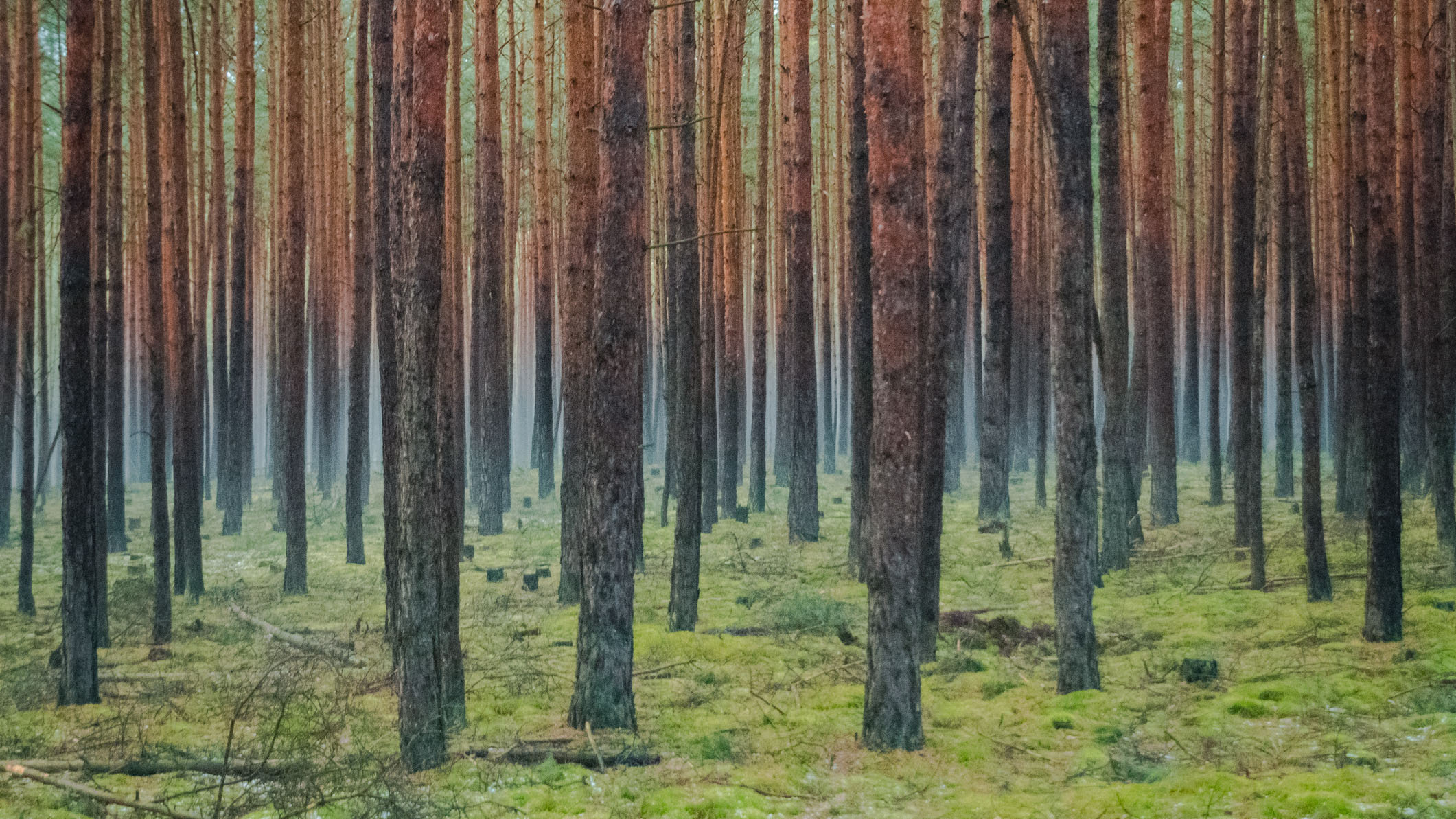
As firewood, pine has many similarities to larch. It makes for decent kindling but on an open fire it’s potentially dangerous, as it has a tendency to spit a lot and it produces large amounts of soot.
Poplar
Poplar is very smoky when burnt. Never mind ghost stories around the campfire, this sounds like a nightmare. You’ll need multiple washes to get the smell out of your best fleece jacket.
Alder
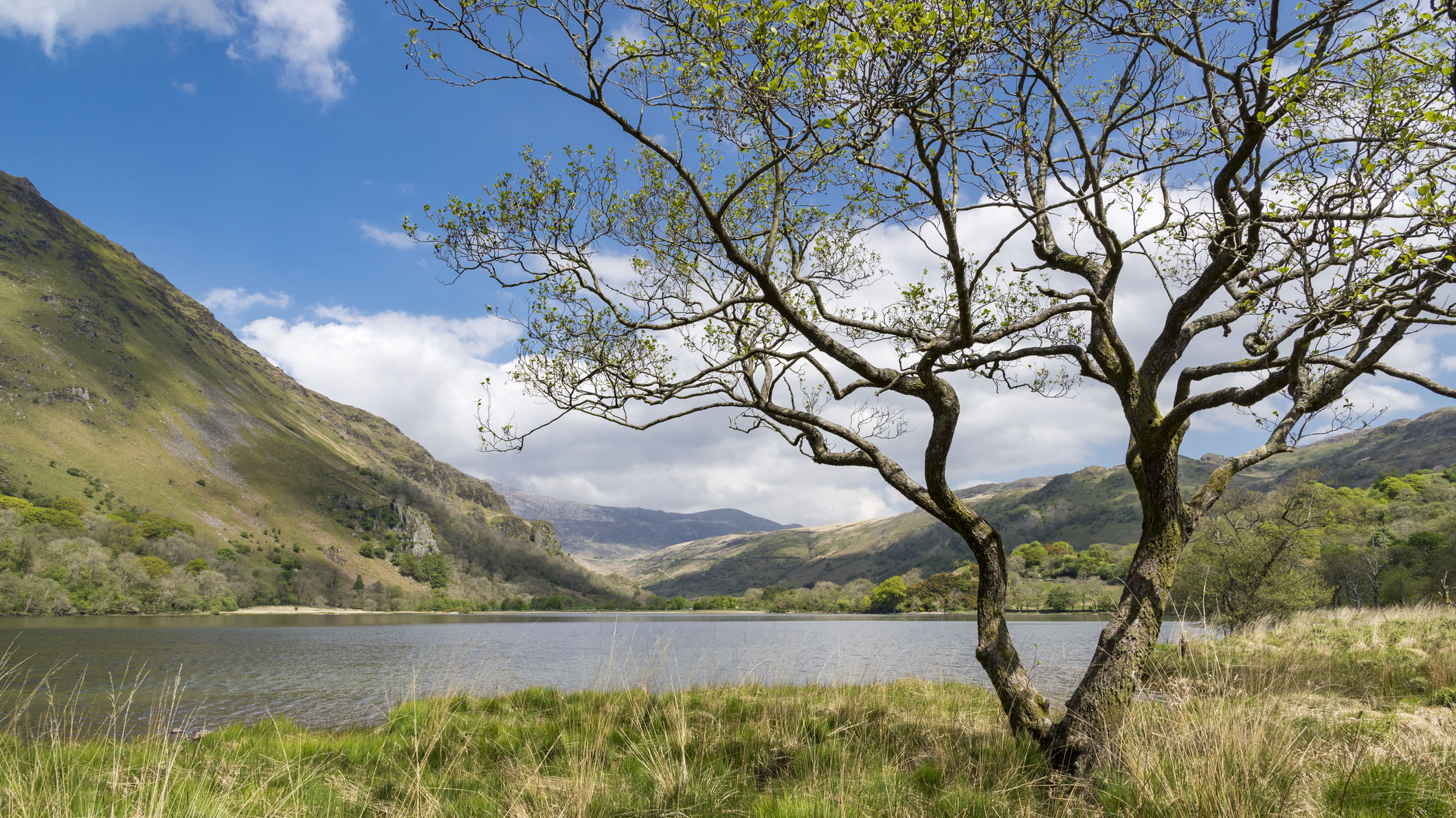
Alder is a hardwood that is considered a low-quality option. It’s a low-density hardwood and therefore won’t last as long nor burn as hot. Having said that, it does create a pretty flame and produces an earthy, smoky scent.
Alex is a freelance adventure writer and mountain leader with an insatiable passion for the mountains. A Cumbrian born and bred, his native English Lake District has a special place in his heart, though he is at least equally happy in North Wales, the Scottish Highlands or the European Alps. Through his hiking, mountaineering, climbing and trail running adventures, Alex aims to inspire others to get outdoors. He's the former President of the London Mountaineering Club, is training to become a winter mountain leader, looking to finally finish bagging all the Wainwright fells of the Lake District and is always keen to head to the 4,000-meter peaks of the Alps. www.alexfoxfield.com

